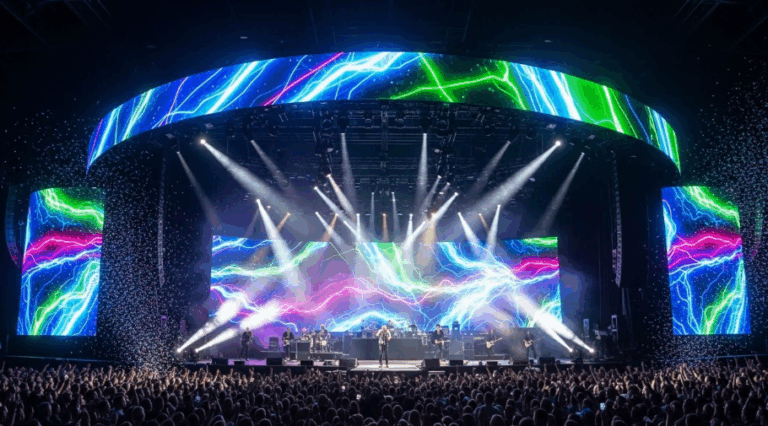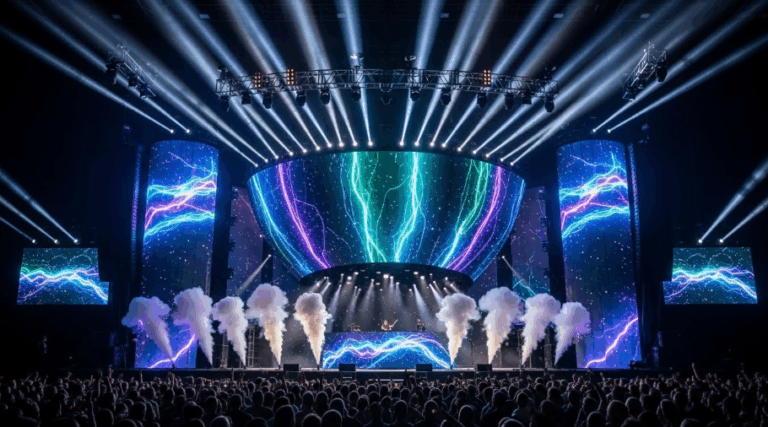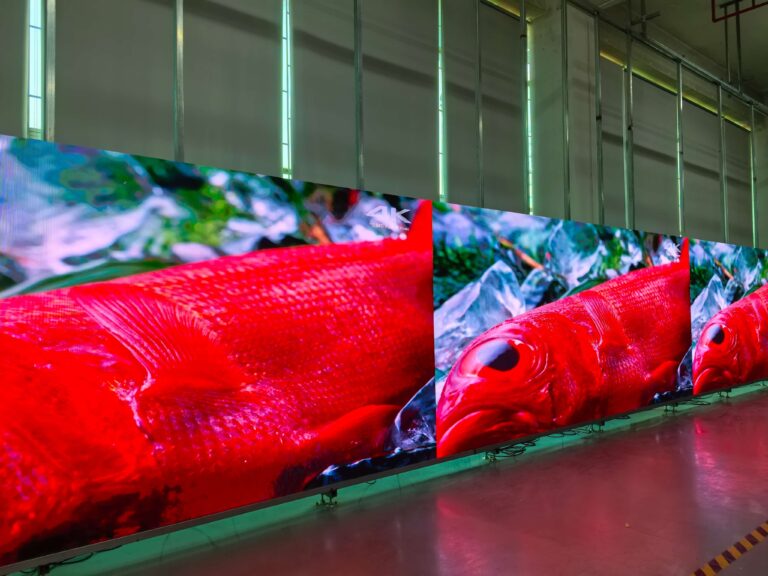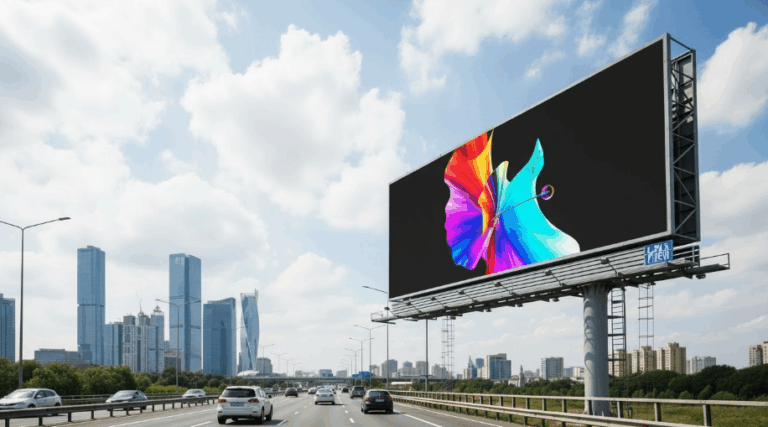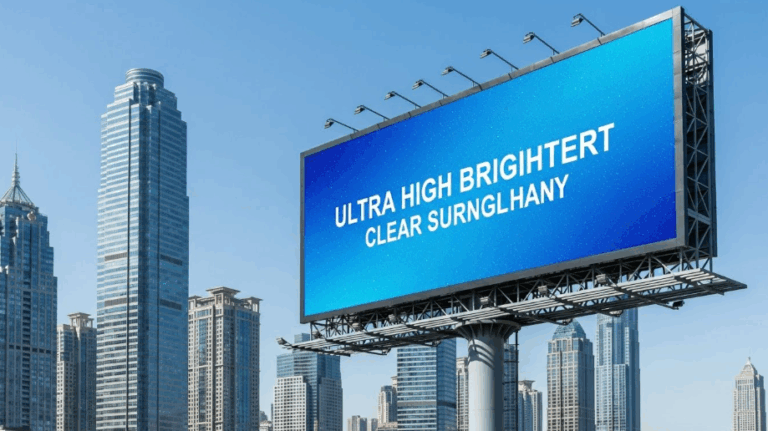A video wall is a software function on a computer or mobile device that remotely displays multiple video frames, presenting the computer desktop in a multi-screen interface. It is a computer-operated display, playback, and control system consisting of powerful hardware and software used to manage multiple displays or plasma screens forming a display wall application system. Users can flexibly choose a specific group of screens, full-screen mode, or customize the display according to their needs.
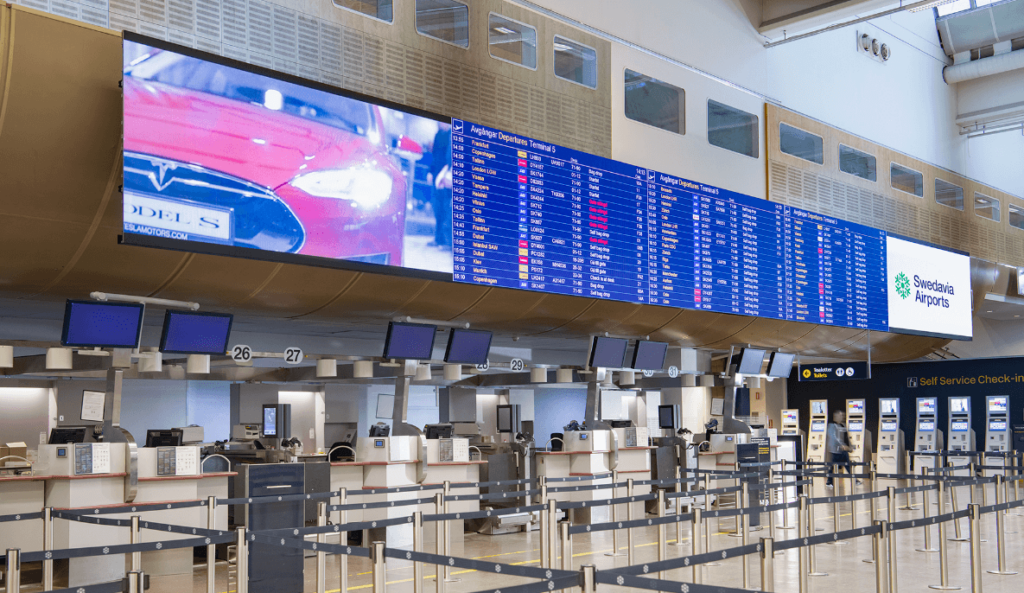
An LED wall is a display technology that uses a matrix of LED (Light Emitting Diode) pixels to display images or videos. An LED wall consists of an integrated flat display screen without the need for multiple screen splices and can be used both indoors and outdoors. Do you know the differences between indoor and outdoor LED walls?
Although the terms “LED wall” and “video wall” are sometimes used interchangeably, they typically refer to different technologies and applications.

Here are ten differences between LED walls and video walls:
1. Display Technology:
– LED walls use LED (Light Emitting Diode) as display elements, forming a matrix of LED pixels on the display screen.
– Video walls can use different display technologies such as LCD screens and are usually composed of multiple screens.
2. Construction:
– LED walls are an integrated flat display screen without the need for multiple screen splices.
– Video walls are seamlessly spliced together from multiple display screens to create a large screen.
3. Display Effects:
– LED walls provide high brightness, high contrast, and high-resolution display effects. Find out which type of display effect, DLP, LCD, or LED, is best for you.
– The effect of video walls depends on the display technology used and may not be as bright or clear as LED walls.
4. Application Environment:
– LED walls are suitable for both indoor and outdoor environments and have good adaptability.
– Video walls are mainly used in indoor environments, suitable for control rooms, meeting rooms, etc.
5. Seamlessness:
– LED walls can usually achieve seamless splicing, resulting in a smooth display.
– Video walls may have slight seam differences due to the splicing of multiple screens.
6. Flexibility:
– LED walls are more flexible and can be made in different shapes and sizes, supporting curved displays.
– Video walls are generally more rigid and typically have a flat layout.
7. Production Cost:
– The production cost of LED walls is relatively high but can achieve higher display effects. Learn how to make LED billboards.
– The production cost of video walls may be relatively lower, but it still depends on the display technology and the number of screens used.
8. Applicable Scenes:
– LED walls are suitable for advertising, performances, outdoor displays, etc.
– Video walls are suitable for control rooms, meeting rooms, TV walls, and other occasions that require high-resolution displays.
9. Lifespan and Maintenance:
– LED walls have a relatively long LED lifespan and simple maintenance.
– Video walls have different lifespans and maintenance methods depending on the display technology, and may require more frequent maintenance.
10. Power Consumption:
– LED walls have lower power consumption, and LED technology is relatively energy-efficient.
– The power consumption of video walls depends on the display technology used and may be relatively higher.
In conclusion, LED walls and video walls exhibit significant differences in technology, construction, and application. The choice between the two technologies depends on specific needs and use cases. LED walls have unique advantages in outdoor advertising, performances, and large events due to their high brightness, seamless splicing, and flexibility. Video walls are more suitable for indoor control rooms, meeting rooms, and other scenarios that require high-resolution displays. When procuring display devices, businesses and organizations should carefully assess various factors based on their specific needs to ensure they choose the most suitable solution.

